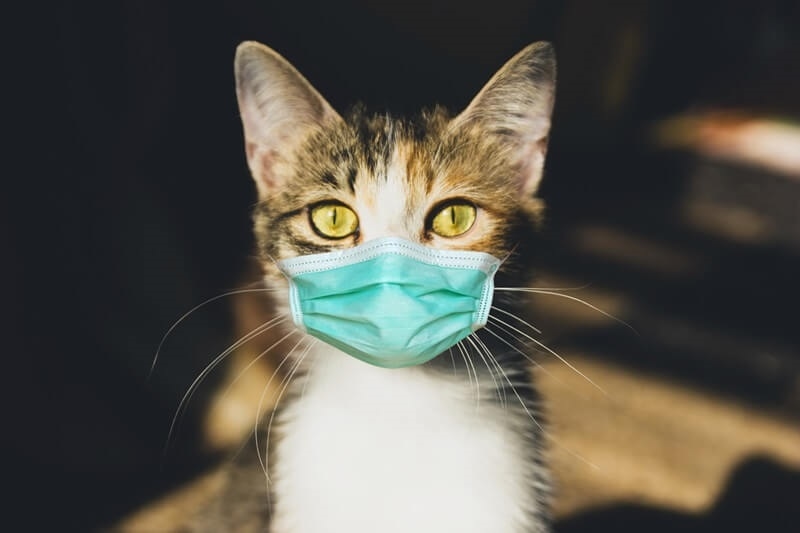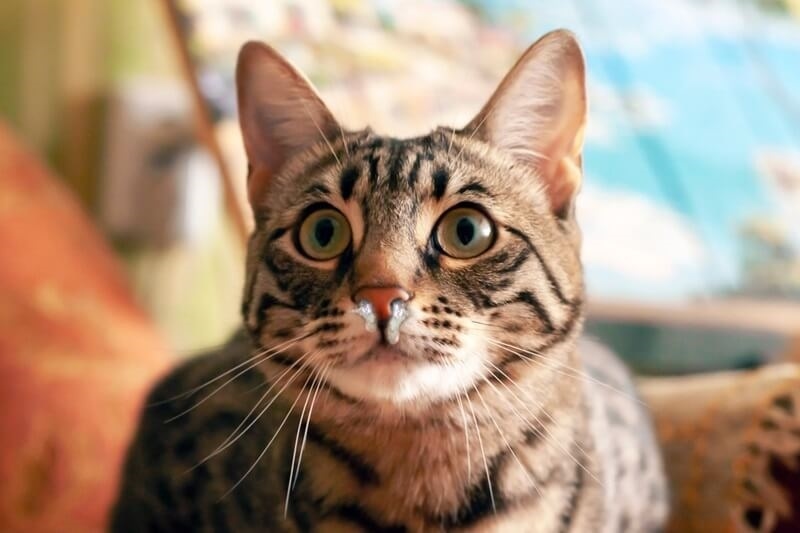
Cat respiratory infections are the most common problem for owners of feline companions, and can become extremely troubling if not managed appropriately. A pussycat upper breathing infection regularly resembles a human cold, showing cat bloodless symptoms like sneezing, coughing, or watery eyes. While many infections begin as mild, ignoring early signs and symptoms can result in severe headaches. Understanding cat flu treatments and techniques for stopping respiratory diseases in cats is crucial for protecting your pet’s long-term health. With proper care and knowledge, you might mitigate risks and provide strong chronic cat respiration care.
Cat respiratory infections are caused by viral or bacterial infections that target the upper respiratory tract, including the nose, throat, and sinuses. The common culprit is feline herpesvirus (FHV-1), which accounts for most cases.
These infections are regularly called tomcat top respiratory infections. At the same time, they can appear like smooth “cat colds.” If untreated, they will progress into severe pneumonia, eye ulcers, or continual sinus issues. Recognizing the difference between mild cat bloodless signs and symptoms and advanced infection permits pet owners to act quickly.
Early detection performs a critical function in preventing complications. Some of the most common substantive cat bloodless signs and symptoms include:
While those signs and symptoms may also appear innocent initially, chronic signs and symptoms need to advise a pussycat upper respiratory infection that calls for veterinary interest.

A cat's upper respiratory infection is contagious, especially in multi-cat households or shelters. Transmission can happen through:
Cats with weakened immune systems, kittens, and older adults are more susceptible. Prevention of respiratory illnesses in cats typically begins with awareness of those risk factors.
If your cat suggests it has a prolonged cat cold, the veterinarian will do a complete exam. Diagnosis can also include:
The treatment of cat flu depends on the severity of the infection:
The sooner you get your cat urgent care, the less likely the infections will develop into chronic respiratory issues.
Cats in good condition tend to experience fewer respiratory problems than those in poor condition. If you own a cat with a past respiratory ailment, you must pay ongoing attention to managing its respiratory health.
Preventing respiratory diseases in cats is a proactive process. Here are some powerful ways to do this:
Ultimately, an emphasis on prevention is worth the effort for cat owners because it significantly limits the likelihood of disease progression associated with cat respiratory diseases.
Some cats may have long-term follow-up concerns after more than one respiratory infection, and chronic cat respiratory care is needed at this level of intervention. Strategies encompass:
A properly structured care plan ensures that cats with chronic conditions enjoy an excellent quality of life.
Nutrition is a significant factor when dealing with cat respiratory disease. Frequent tocom cat contamination causes cats to lose their appetite, reducing their nutrition and further impacting their immune system. Nutrition plans include:
If adequate nutrition is available, balanced nutrition, faster recuperation, and supportive treatment for feline flu.
Many aspects of the environment influence respiratory health. Excessive dust in the home, secondhand smoke, and lack of ventilation can worsen a cat's bloodless symptoms and signs.
Each environmental state must be optimal to prevent breathing diseases in cats.
Cat respiratory infections can worsen quickly if they are left untreated. Seek emergency veterinary help if you notice that your cat has any of the following signs: coughing continuously or frequently (without vomiting), wheezing, fast or labored breathing (especially if open-mouthed), refusal to eat voluntarily (even treats), lethargy or weakness, or if their gums look blue. These symptoms and signs may indicate severe headaches that may merit emergency intervention. Quick action means higher recovery and reduced risk of fatal consequences for your kitty companion.
While most cat respiratory illnesses are mild, if your cat has any of the following severe symptoms, call your veterinarian right away:
Forgetting these red flags can take something that typically wouldn't have been serious and turn it into an emergency.
Regularity counts for reducing respiratory illnesses in cats. Simple daily practices should make a difference:
These small conduct enhance trendy immunity and help persistent cat respiration care.
Regular veterinary checkups are crucial for preserving your cat's health and detecting problems before they become severe. Many situations, which include cat breathing infections, dental problems, and coronary heart disease, often display subtle or no signs and symptoms within the early stages. Routine visits allow your vet to carry out thorough bodily tests, screen weight, test essential signs, and endorse preventive care, with vaccinations and parasite management.
These checkups also allow owners to discuss any behavioral changes or concerns. Early prognosis approach faster treatment, decreased headaches, and decreased prices. Cat owners can schedule everyday veterinary visits to ensure their pets have longer, healthier, and happier lives while stopping avoidable health complications.
In addition to standard medication, some cat owners learn about holistic alternatives. While not an opportunity for choice in veterinary care, supportive treatment plans may encompass:
Always visit a vet earlier than attempting possible methods, as protection varies.
Cat respiratory infections might also begin as slight, but with a set off hobby, they could cause lasting headaches. You protect your cat's health by recognizing cat cold signs and signs early, searching out well-timed cat flu treatments, and focusing on preventing respiratory diseases in cats. Steady chronic cat respiration care ensures consolation and stability for cats already struggling with persistent contamination. You can protect your feline partner’s well-being for future years with proactive steps.
This content was created by AI